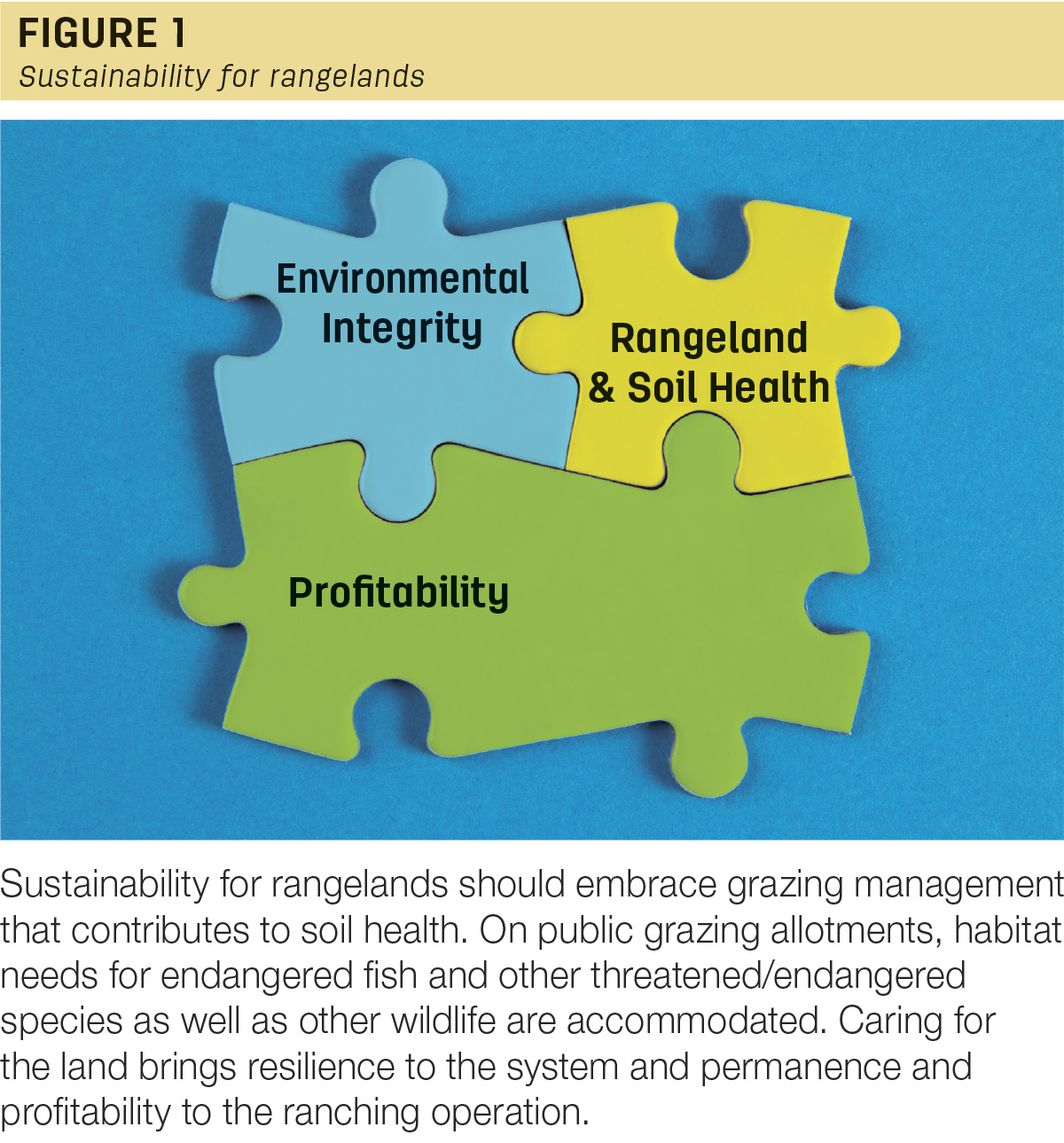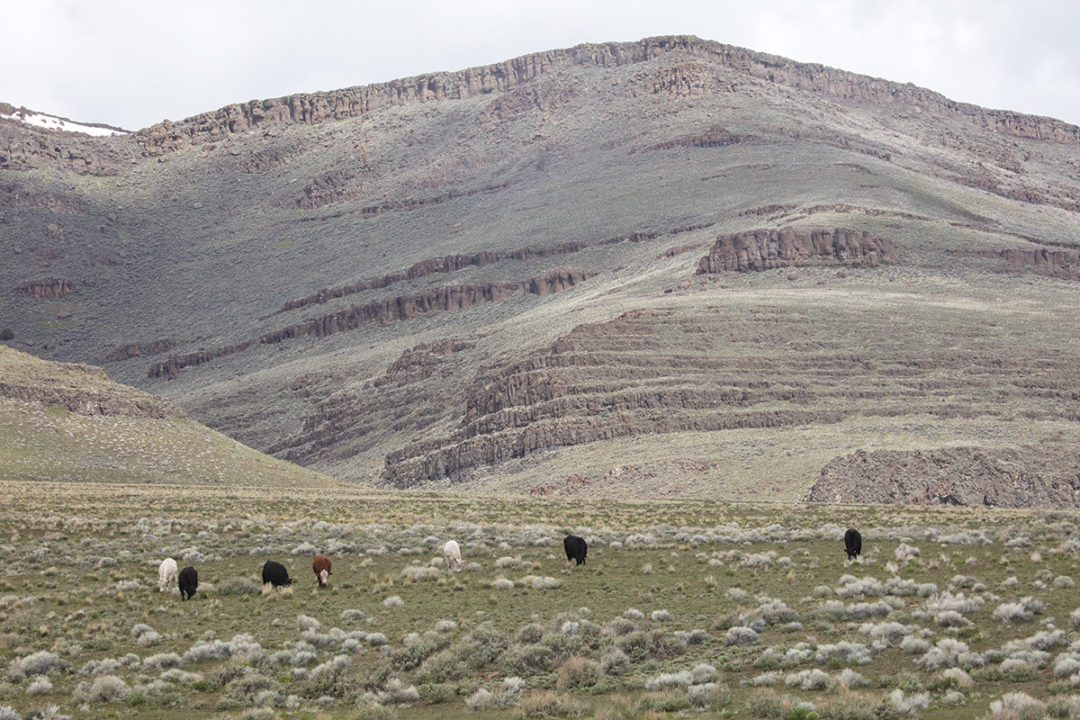You have most likely seen or heard the buzz about “regenerative agriculture” recently. A documentary on this subject entitled Kiss the Ground was produced in 2020 and has received a fair bit of attention. At its most radical, supporters of regenerative agriculture assert that practicing the same will reverse climate change and save the planet. Although there is some ambiguity in the definition of regenerative agriculture, at its core most define it as embracing agricultural practices that promote soil health and sequester carbon.
Proponents of regenerative agriculture tout such practices as reducing or eliminating tillage, growing diverse crops, reducing dependence for the use of chemicals on crops, growing cover crops, rotational grazing and integrating livestock.
There is no question that embracing "sustainable" or "regenerative" practices mentioned above will improve soil health; however, the progress toward carbon sequestration will move much more modestly on semi-arid rangelands than it will with more humid environments. The pools of soil organic carbon are two to three times lower in semi-arid environments than they are in more humid environments. An excellent review authored by Justin Derner and G.E. Schuman of the ARS High Plains Grassland Research Center in Cheyenne, Wyoming, explaining all of these interactions is available here.
Realizing the many interactions that can occur with rangeland with respect to sustainability, I shall attempt to define what I think it can be in the Pacific Northwest. If you live in different parts of the U.S., your definition may vary. Figure 1 illustrates three core principles you should consider for your ranch.

Profitability
Underlying the management of the rangeland resource is profitability. If the ranching operation is not profitable, it is not sustainable. Well-cared-for ranches maintain or improve soil fertility with grazing management, which increases pasture productivity and livestock performance. The necessary human and financial capital which stewards the ranch is a precious commodity which should be well guarded.
One factor that was well acknowledged 40 years ago but has received little attention in modern beef cattle production is matching the cow to the environment. In our quest to achieve greater weaning weights, we have had an accompanying increase in both cow size and milk production. Modern beef cattle (1,350 to 1,400 pounds, 25 pounds or more peak milk production) grazing in areas with less than or equal to 18 inches of rainfall are on the cusp of being unsustainable without extra nutritional intervention. Similarly, extensive research has shown that a crossbred cow matched to the environment has 25% increased lifetime productivity.
Should one desire, selection pressure with lower hip height frame scores for heifer replacements and bulls can reduce cow size over time. Bulls can also be selected with lower milk expected progeny differences (EPDs). These smaller-framed bulls with less milk EPDs will also be cheaper to buy.
Another potential possibility to match cows to the environment are identified by some recent studies at both New Mexico/Colorado State University and the University of Idaho which suggest that “hill climbing” cattle grazing rugged rangelands can be identified by using gene markers.
Proper grazing management
On private land, “take half, leave half” is a rule of grazing management. Most federal grazing permits require compliance to a lower utilization level, usually around 35% to 40%. Keeping utilization at light to moderate use assists in maintaining adequate ground cover and soil health. Stocking rates should be adjusted each year according to weather patterns and pasture productivity.
Other factors to consider for grazing management include using deferred rotation for pastures grazed in early spring so a pasture is not exposed to grazing at this most vulnerable state every year. Practicing rotational grazing can help improve plant diversity and productivity in the Pacific Northwest.
I believe ranchers should also work with agencies on federal grazing permits to seek to establish more targeted grazing projects to address invasive annual grasses. This is especially true during wet years. The problem with cheatgrass is: It helps perch the limited moisture we receive in a litter layer of decadent cheatgrass that recruits more cheatgrass to help fuel wildfires. We want infiltration of precipitation, not evaporation. Dr. Barry Perryman of the University of Nevada – Reno has advocated dormant season grazing of cheatgrass to help turn the tide against invasive grass dominance in this article.
Environmental integrity
Ranching on public grazing allotments adds a degree of complexity that can be difficult to manage. Keeping open communication with agency partners is essential. Effective permittees assist in or lead efforts to collect monitoring information to demonstrate the effectiveness of grazing management in managing the resource and protecting wildlife habitat. Ranchers are strongly encouraged to implement an adaptive management (USFS) or outcome-based management plan (BLM) through the NEPA grazing permit renewal. As the old maxim goes, “You can’t manage what you don’t measure.”



.jpg?height=auto&t=1713304395&width=285)


